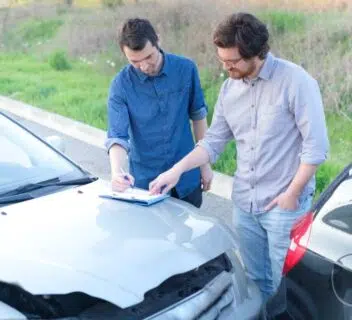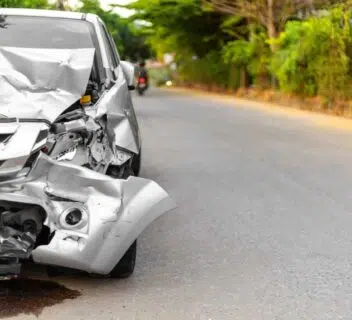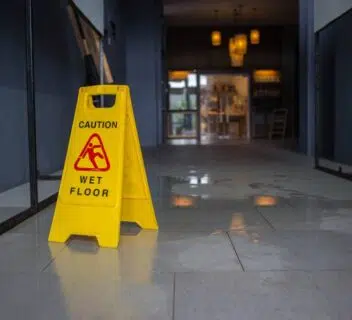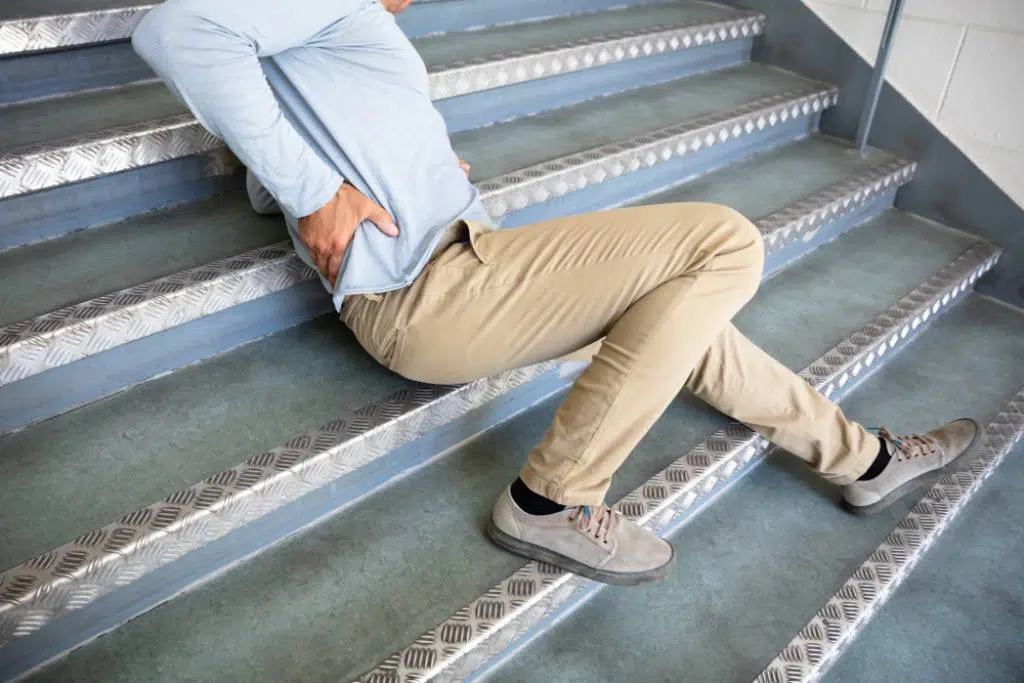If you’ve been injured in a car accident, it’s likely that you’re considering whether you can actually sue someone for causing the accident. This might seem straightforward at first glance, but in reality, many defendants are “shady.” They hide information, twist the facts, and lie outright. So, can you sue someone for lying about the facts in a car accident case?
This can be extremely frustrating, as you might have already felt confused and overwhelmed by the prospect of a lawsuit. With the defendant lying about the car accident, it may feel like the case has become even more complicated. This isn’t an unreasonable reaction. After all, conflicting stories in a car accident requires a bit of extra work. Proving the “truth” isn’t always easy.
Fear not! Experienced attorneys can help. Defendants lie relatively often, so there are strategic tools in place to “suss” out the lies. If you’d like to learn more before speaking to an attorney, let’s explore the basics.
Why Do People Lie About Car Accidents?
Though it may seem like the answer is obvious, it’s important to break this down: why do people lie about car accidents?
At a basic level, defendants lie to avoid liability. In a lawsuit, liability can lead to a significant damages payout, so defendants will often do whatever it takes to ensure that the court doesn’t find that they are at-fault. By twisting the factual narrative around the case, the defendant may be attempting to create a new story that paints them in a favorable light.
There are a number of avenues for the defendant to twist the narrative — for example, the defendant could lie to police at the scene of the accident, and those lying statements will be recorded in the police report. In many cases, the defendant isn’t considering the lawsuit when making false statements. When dealing with police, these false statements are made to avoid ticketing, fines, or an arrest.
There are some things that are hard to lie about, like the evidence at the scene of an accident: vehicle damage or skid marks, for example. But other things, like injuries, recollections of the accident, and timeline of events can be problems if the other party to the accident is being dishonest.
If you’re trying to sue someone for injuring you in a car accident, this lying can make you feel frustrated, even overwhelmed. After all, you might not know how the defendant’s lies are going to impact your case, and how to counter the lies. Well, don’t worry! Experienced car accident injury attorneys are very familiar with handling false statements by defendants, and understand how to draft probing investigative questions to reveal the lies.
What Happens If You Lie About a Car Accident?
If you lie about a car accident, your version of events will be scrutinized against available evidence. Discrepancies can lead to your claim being dismissed, legal penalties for fraud, and loss of credibility. Evidence to prove the truth may result in serious consequences, including denial of insurance claims.
What Happens If A Car Accident Witness is Lying?
If a car accident witness is lying, their credibility is jeopardized once the truth is uncovered. Their false testimony can lead to legal consequences and hinder the investigation process. It may also impact the outcome of insurance claims or legal proceedings related to the accident.
What if Someone is Lying About a Car Accident? How the Lie Can Impact Your Case.
Okay, so we know that people often lie about the details of a car accident to try and minimize their role in causing it. At this point, it’s not unreasonable to think: can you sue someone for lying?
The answer is no — but that doesn’t mean it isn’t useful. The defendant’s lies can give you a strategic advantage.
See, lying about a car accident doesn’t create a lawsuit by itself. If you can prove that the defendant lied, however, it can “enhance” your case (i.e., easier to undermine the defendant’s narrative, access additional damages, etc.).
In a typical car accident dispute, one of the major challenges is proving that the defendant is liable for your injuries. In other words, proving that they are at-fault. The defendant may attempt to avoid liability by painting a favorable version of the factual narrative. This may include exaggerations and lies.
If you can point out discrepancies, there are two major impacts: 1) the court may determine that the defendant’s conduct is egregious enough to justify bonus punitive damages (which can increase your compensation significantly), and 2) it will be much easier to undermine all other statements made by the defendant, as the court will be less likely to believe them.
What Happens if Someone Lies About Injuries in a Car Accident?
When involved in a car accident, honesty is crucial, especially when reporting injuries to insurance companies. However, sometimes, one party may be lying about injuries in a car accident. This dishonesty can have significant legal implications, particularly when lying to an insurance company about an accident.
Lying About Injuries
- Impact on Claims: If a driver is lying about the extent or existence of injuries in a car accident, it can complicate the insurance claim process. Insurance companies are adept at investigating claims and can often detect discrepancies or falsehoods in reported injuries.
- Consequences for the Liar: If it’s discovered that a person is lying about their injuries, they could face serious consequences. This could range from the denial of their insurance claim to legal actions taken by the insurance company, including the demand for reimbursement of any compensation already paid.
Other Driver Lied About the Accident
- Challenges in Proving Liability: If the other driver lied about the accident details, it might create challenges in establishing liability. This is where accident lawyers become invaluable. They have the expertise and resources to uncover the truth, collect evidence, and counter false claims made by the other party.
- Role of Personal Injury Lawyers: Personal injury lawyers are skilled in dealing with cases where a party is lying about accident details or injuries. They work closely with medical professionals and investigators to ascertain the true extent of injuries and gather evidence to support your claim.
Insurance Companies and False Claims
- Insurance Fraud: Lying to insurance companies about injuries or accident details can be considered insurance fraud, a serious offense that can lead to criminal charges.
- Investigation by Insurers: Insurance companies often conduct thorough investigations into accident claims, especially when there is suspicion of false reporting. This could include medical examinations, analysis of accident reports, and scrutiny of any discrepancies in the driver’s story.
Lying about injuries in a car accident is a serious matter with significant legal repercussions. Whether you’re dealing with another driver who lied about the accident or you suspect fraud in injury claims, it’s crucial to have professional legal representation. Experienced accident lawyers and personal injury lawyers can navigate these complex situations, ensuring that your rights are protected and that justice is served in the face of dishonesty.
Ready to Sue Someone? Call 1-800-THE-LAW2 for a Free Consultation
If you’ve been injured in a car accident — whether or not you believe that the defendant is lying about the facts — you should speak to an experienced attorney about your case.
Call our team at 1-800-THE-LAW2 to connect to a qualified car accident attorney in just 10 minutes or less. Consultation is free and confidential, so there’s really no downside to having a conversation.
We look forward to assisting you.














